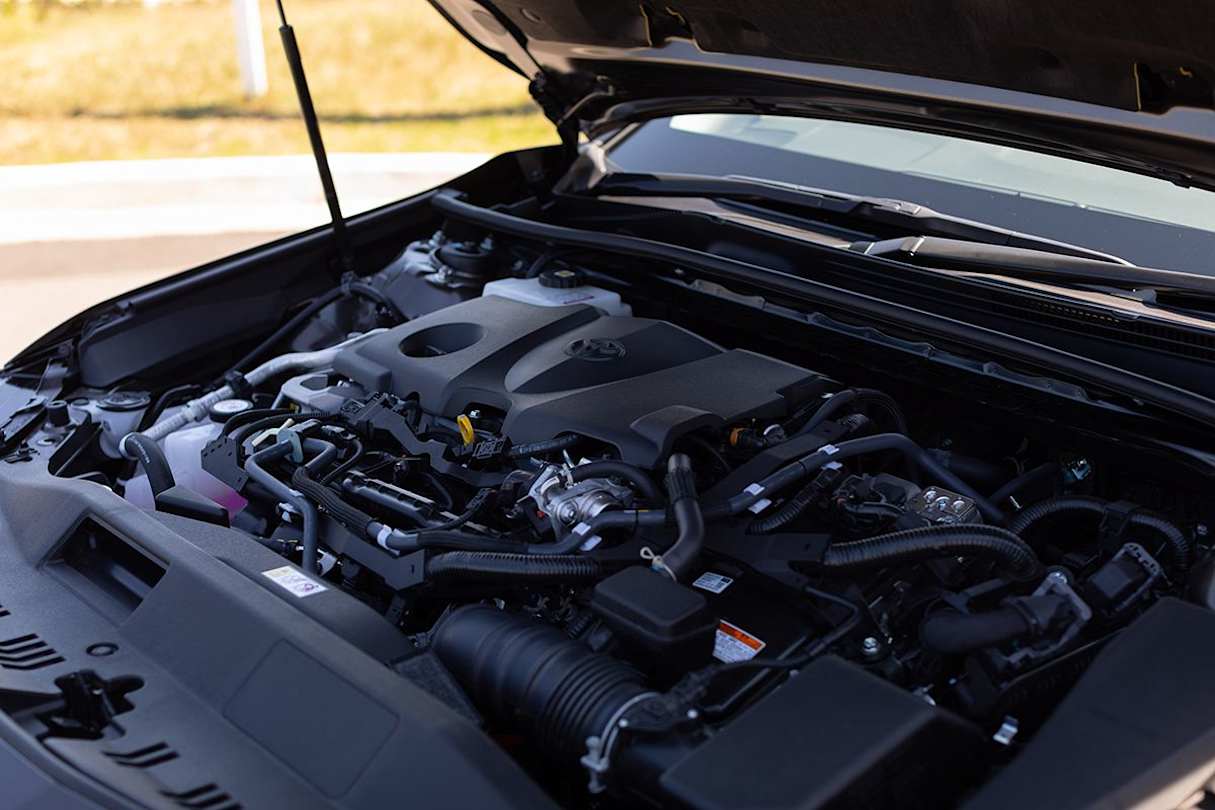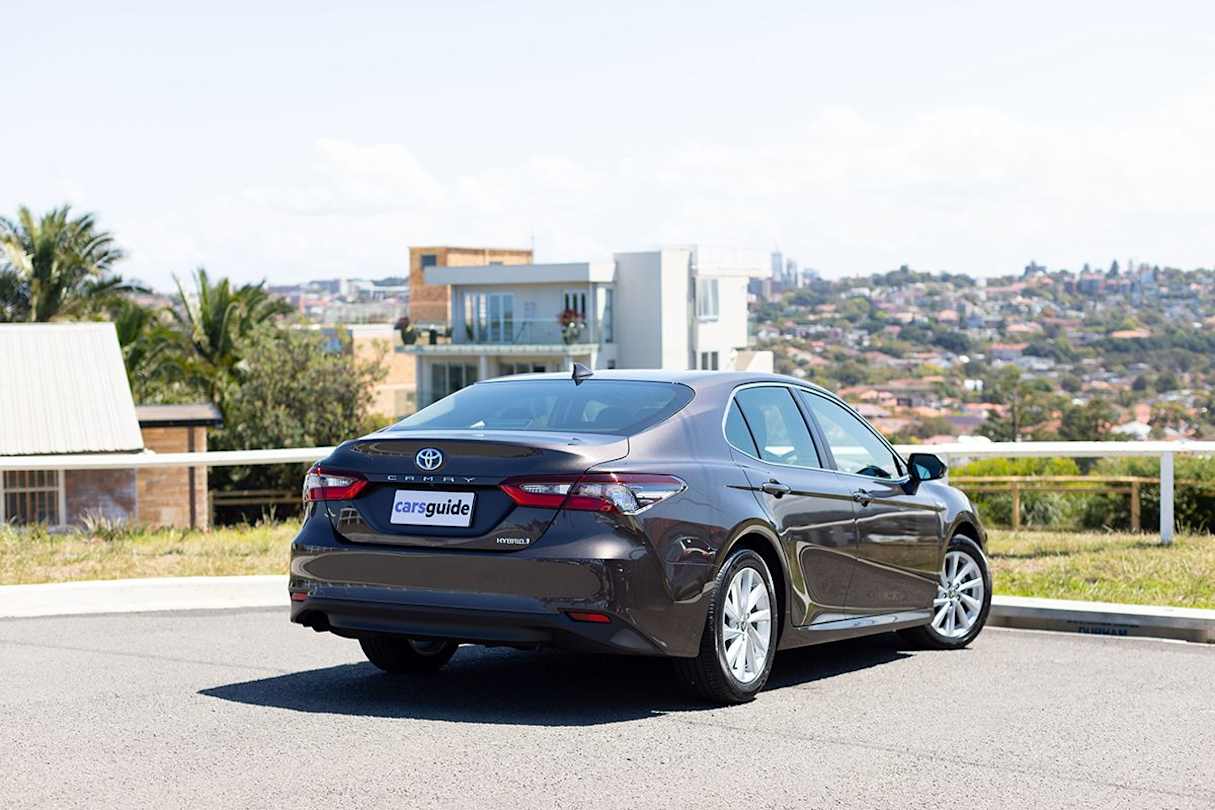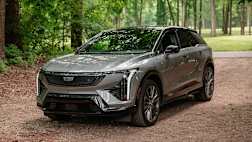If you’re interested in learning about hybrid cars, information on the internet can sometimes be a tad overwhelming or confusing, making you feel like you know even less about the subject than you did before you started Googling terms like “info on hybrid cars”.
The good news is that information about hybrid cars doesn’t need to be confusing, as the basic facts are quite simple (and genuinely interesting, especially if you’re curious about where the future of motoring is heading).
Electric cars, or electric vehicles, are any vehicle that contains a battery-powered electric motor within.
If it’s all-electric, or pure electric, it’s called a battery electric vehicle (BEV, though this is typically shortened to “EV”), or, if it runs on hydrogen, a fuel cell electric vehicle (FCEV - these aren’t widely available to consumers in Australia yet and the infrastructure needed to fuel them isn’t really in place).
If the car has both a traditional petrol or diesel-powered internal-combustion engine (ICE) and a battery-powered electric motor, it’s either a plug-in hybrid electric vehicle (PHEV, which has a battery that needs to be charged by plugging it into an external power source, like an AC wall charger), or a hybrid electric vehicle (HEV, although more commonly just called a “hybrid”) that has a self-charging battery.
Those are the basics, but to have you talking like an expert in no time flat, here are some further hybrid cars facts - as well as a few debunked myths - to give you a fuller picture of how these things work.
Myth: Hybrids have a battery that needs to be charged often
.jpg)
Fact: Hybrids don’t need to be plugged into an external power source to recharge the battery. Instead, the battery self-charges via a process called “regenerative braking”, where kinetic energy that’s captured when the car slows down or stops is either sent straight to the wheels, or stored in the battery for future use. The confusion here is people mixing up their hybrids with their plug-in hybrids.
In some hybrids, a motor generator is used to both assist with driving and regenerate energy for the battery.
A hybrid will often operate in all-electric mode when driving at slower speeds (typically under 40km/h and for distances of no more than 2km) or when there’s lots of stops and starts, which typically happens in busy traffic conditions. This is, when you think about it, an excellent way to reduce fuel use and CO2 emissions.
Typically, the ICE and electric motor will work together to produce the best performance and fuel economy.
Myth: The batteries in hybrid cars don’t last

Fact: The battery (or, more accurately, battery pack, since hundreds or sometimes thousands of individual lithium-ion batteries are used) in a hybrid is designed to last the lifetime of the car. Just as the engine in a traditional car is, and, as you'll know, that doesn't mean they always make it, but they generally do.
Most car manufacturers guarantee the batteries in electric vehicles for eight years / 160,000km (there are examples of hybrid batteries that have lasted as long as 300,000km), even though the lifespan of the batteries can be anywhere between 10 and 20 years.
The battery pack will lose the ability to hold charge over time - the aforementioned warranties typically state that electric-vehicle batteries should retain at least 70 per cent of charge after eight years - but the likelihood of the battery pack needing to be replaced is while you own a hybrid is next to none.
Myth: Hybrids are still bad for the environment

Fact: While it’s true that a hybrid still emits harmful greenhouses gases, including carbon dioxide, due to its internal combustion engine (ICE), the fact that the ICE is paired with an electric motor that runs on electricity means that it’s a greener option than a pure ICE vehicle.
As an example, the combined CO2 tailpipe emissions of a 2022 Toyota Camry Ascent are 155g/km, while the combined CO2 tailpipe emissions of a 2022 Toyota Camry Ascent hybrid is 96g/km. Not night and day, but still very significant.
Also, several studies that compare the life cycle of electric cars and ICE vehicles - taking into account everything from the materials needed to build them to production processes and the recycling involved when the cars are finally retired - have found that electric cars are still a greener option that is better for the environment.
Myth: They’re more expensive

Fact: Okay, so this one is kind of true: when you compare the ICE version and hybrid versions of a car, the hybrid version is more expensive (example: prices for the 2022 Toyota Camry Ascent start from $30,990, plus on-road costs, while prices for the 2022 Toyota Camry Ascent hybrid start from $33,490 plus on-road costs, meaning you’ll be forking over an extra $2500).
What’s important to remember, however, is that a hybrid model is more fuel efficient, resulting in your fuel costs being less over time than they would be if you were driving an ICE vehicle (the combined fuel efficiency of a Toyota Camry Ascent is 6.8L/100km; it’s 4.5L/100km for the Toyota Camry Ascent hybrid).
Over time, then, and it's difficult to calculate this exactly because it depends how much you drive, and where and how you drive, your hybrid will make up that price difference by costing you less at the pump. And as petrol prices rise, the time that takes only gets shorter.
Myth: They require more maintenance

Fact: Simply not true - double drivetrains doesn’t mean double the maintenance costs.
Electric motors don’t require engine oil and have less moving parts than a combustion engine, resulting in less upkeep being needed.
Since the ICE and electric motor work in tandem to assist each other, there’s also less wear and tear put on the combustion engine and electric motor than if they were just running solo, and the braking system also has less strain placed upon it thanks to the electric motor's regenerative features which charge the battery.






.jpg)
.jpg)



.jpg)
.jpg)

.jpg)








